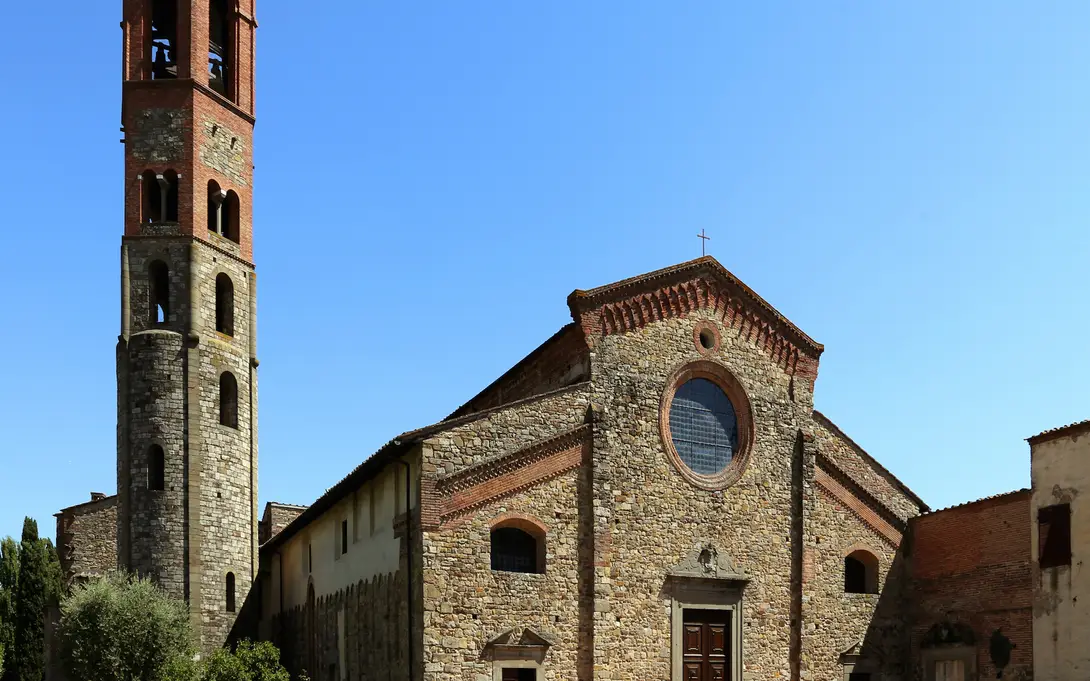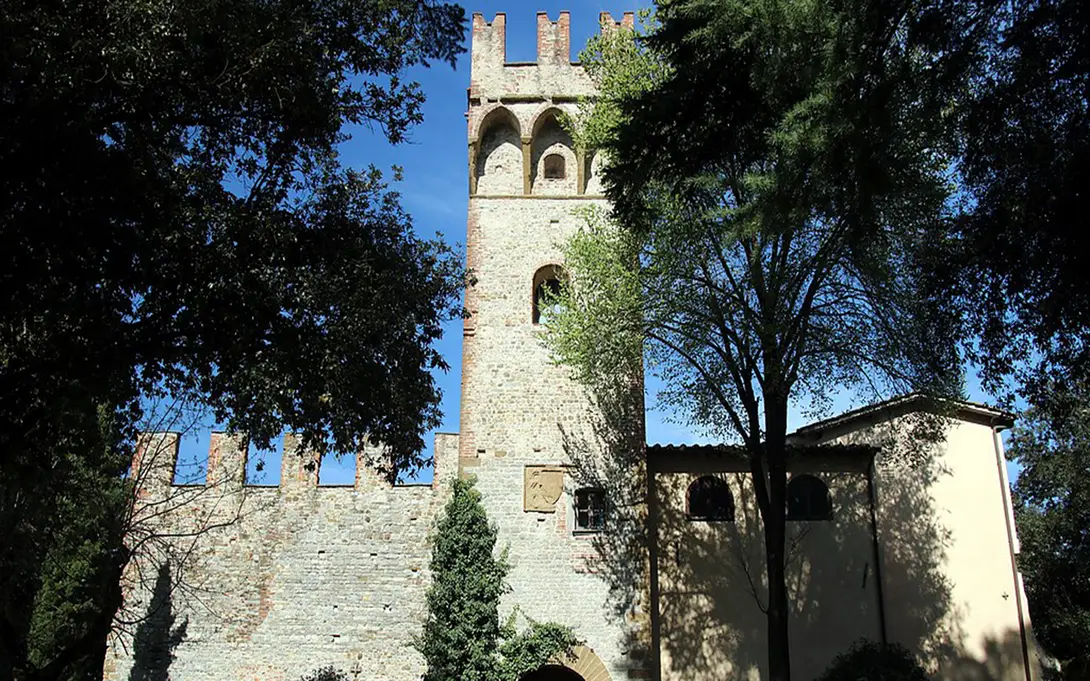
The three rivers route
A cycle path, as well as a pedestrian path, of about 20 km in the Scandicci area, which skirts and joins the three rivers that flow through the area: Arno, Greve and Vingone.
The starting point is the new footbridge linking Badia a Settimo to San Donnino, which connects the two banks of the Arno and is the ideal connection to Florence and Lastra a Signa. Following the bank, from this point one heads towards the river park across the Arno river and on the left one can see the thousand-year-old Abbey of San Salvatore and San Lorenzo a Settimo. From this point, through the normal road network, we take the bank of the Vingone, a river of short course, but characteristic of the Scandicci area; from the silence of the countryside we find ourselves in the industriousness of the industrial area, and then again in the peace of the Acciaiolo Castle.
Having reached the centre of Scandicci, the next stop is the river Greve, which, along the embankment road, leads us to Sollicciano, and from there we cross Ugnano, a territory of ancient tradition and always linked to Badia a Settimo. Finally, we meet the Arno embankment again to return to the Nave di Badia, our starting point.
There are many points of interest touched by the route: the Tabernacle in Via del Pellicino, the Gamps palaeontological museum of earth sciences, the Pieve di San Giuliano a Settimo; the Abbey of San Salvatore and San Lorenzo a Settimo, the Church of San Colombano, which houses the painting of the Madonna and Child by Ridolfo del Ghirlandalo, the Villa of Castel Pulci, seat of the Higher School of Magistrature, the Castle and Park of Acciaiolo, the Library of Biodiversity, the Church of Santa Maria a Greve, the Library of Scandicci, the Church of San Martino, the Church of San Bartolo in Tuto, the Church of San Giusto in Signano.
The route will be enriched with digital signage, with qr codes to be framed to obtain information and historical notes on the various places.
A project of the Municipality of Scandicci, created in collaboration with Proloco San Vincenzo a Torri and Colline Scandiccesi, Proloco Piana di Settimo, Cai and Sicrea.
Informations utiles
Étapes
Badia di San Salvatore a Settimo
Located on the border between Florence and Lastra a Signa, the abbey of San Salvatore and Lorenzo was founded towards the end of the 11th century, and inhabited by various religious orders, including Cluniac and Vallombrosan; in its heyday (13th - 17th centuries), by Cistercian monks from San Galgano di Siena.
In 1783, the monumental complex was dismembered, the monks exiled and the monastery partially sold to private individuals. The north-eastern part incorporated the parochial title of S. Lorenzo in the abbey title of S. Salvatore and was under the power of the Archbishop of Florence who since then appointed its priors.
There are numerous works to admire: the Brunelleschi apse, the monumental altar by Pietro Tacca, the ciborium by Giuliano da Maiano, the Adoration of the Magi by Ghirlandaio. Here is also the tomb of the poet Dino Campana.
Castello dell'Acciaiolo
The Acciaiolo castle belonged to the Rucellai family, in the following centuries the ownership of the castle passed to other Florentine families including the Acciaioli until the end of the 18th century. The park is the main site for summer concerts, shows, exhibitions and other cultural events.
Biblioteca dell'Agrobiodiversità
La prima Biblioteca dell’Agrobiodiversità d’Italia, con oltre 1700 volumi, inserita nel circuito del Sistema Documentario Integrato dell'Area Fiorentina Sdiaf.
La Biblioteca dell’Agrobiodiversità conta su un patrimonio non solo librario, avendo anche una sezione dedicata a semi speciali catalogati che possono essere utilizzati dai coltivatori che ne fanno richiesta. Per quanto riguarda l’area dedicata ai libri, una parte dei volumi è catalogata e collocata in base al sistema standard, mentre la parte più cospicua è costituita da materiale con contenuti molto specifici suddivisi nelle sezioni che riprendono le aree tematiche dell'associazione Reti Semi Rurali che l'ha promossa e la gestisce, ovvero “Casa delle sementi”, “Seminare il cambiamento”, RicercAzione” e “Comunità”.
Piazza Matteotti Scandicci
Piazza Matteotti Scandicci
Badia di San Salvatore a Settimo
Located on the border between Florence and Lastra a Signa, the abbey of San Salvatore and Lorenzo was founded towards the end of the 11th century, and inhabited by various religious orders, including Cluniac and Vallombrosan; in its heyday (13th - 17th centuries), by Cistercian monks from San Galgano di Siena.
In 1783, the monumental complex was dismembered, the monks exiled and the monastery partially sold to private individuals. The north-eastern part incorporated the parochial title of S. Lorenzo in the abbey title of S. Salvatore and was under the power of the Archbishop of Florence who since then appointed its priors.
There are numerous works to admire: the Brunelleschi apse, the monumental altar by Pietro Tacca, the ciborium by Giuliano da Maiano, the Adoration of the Magi by Ghirlandaio. Here is also the tomb of the poet Dino Campana.


